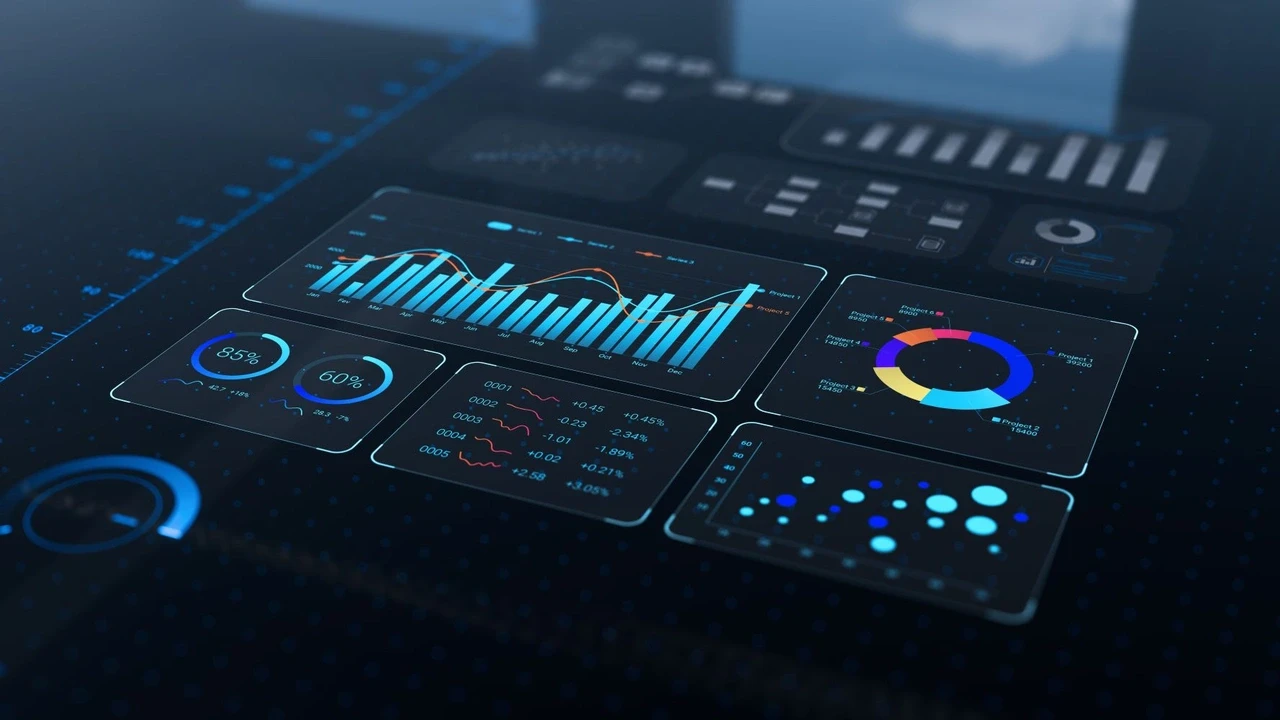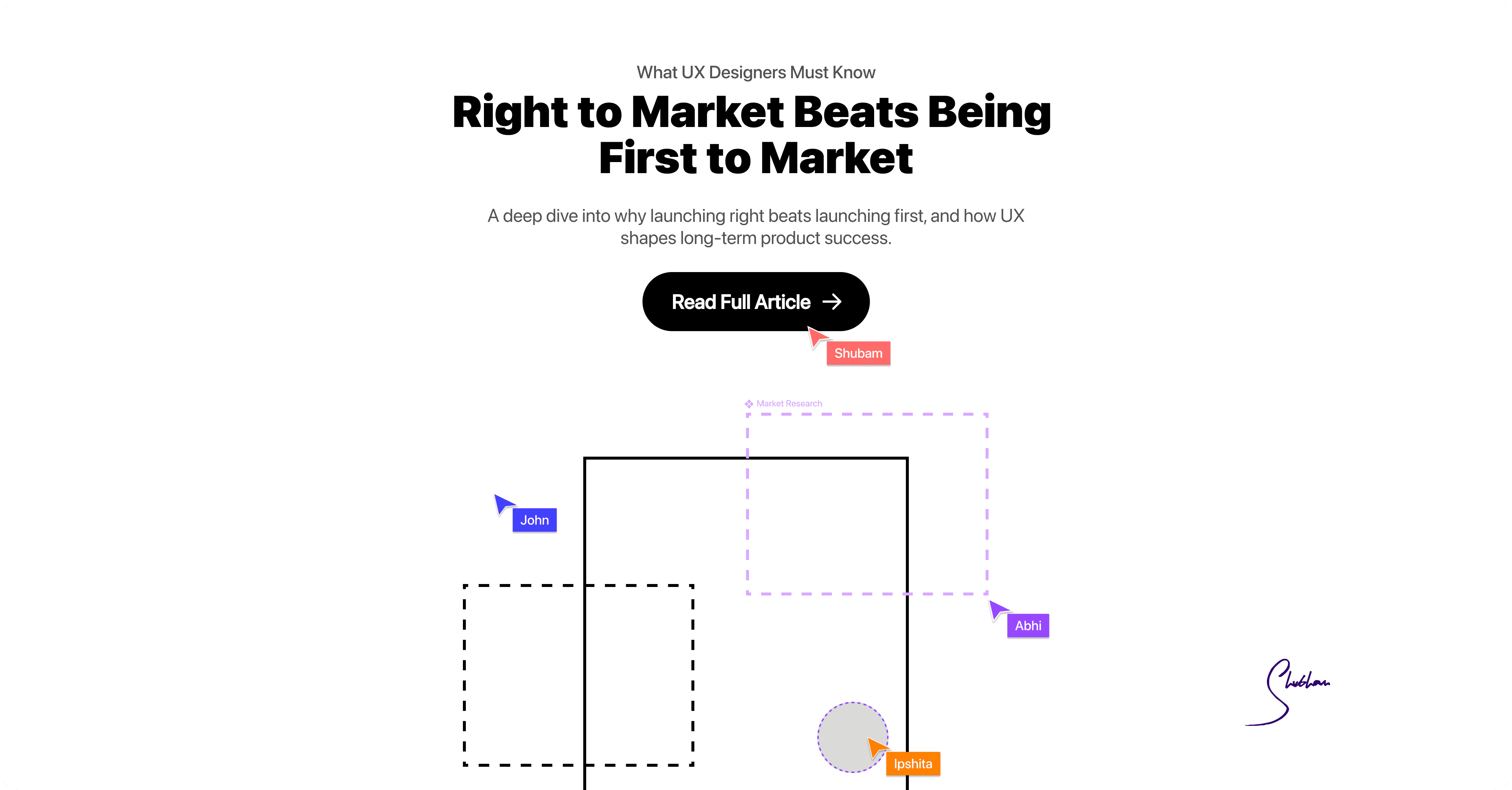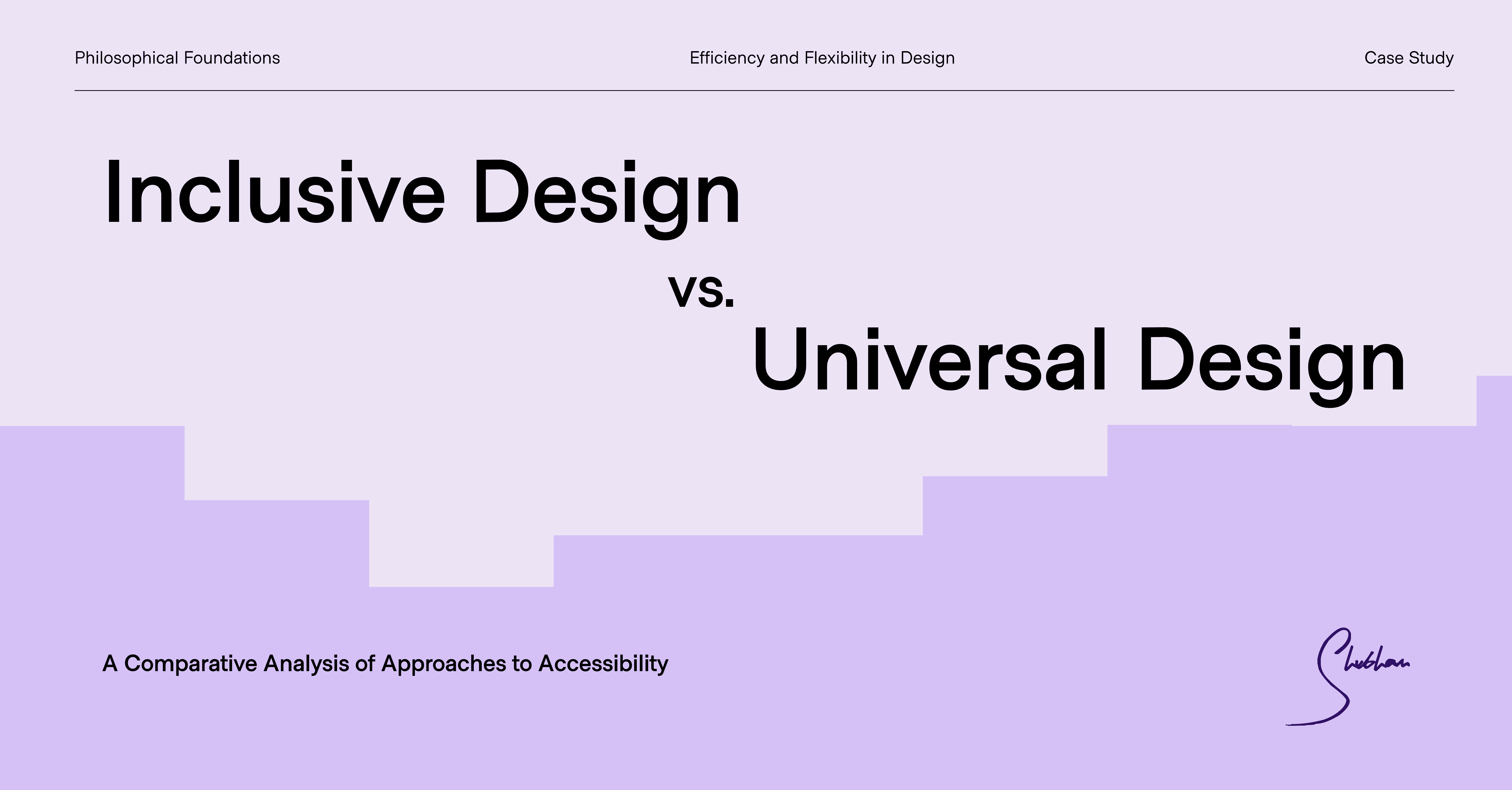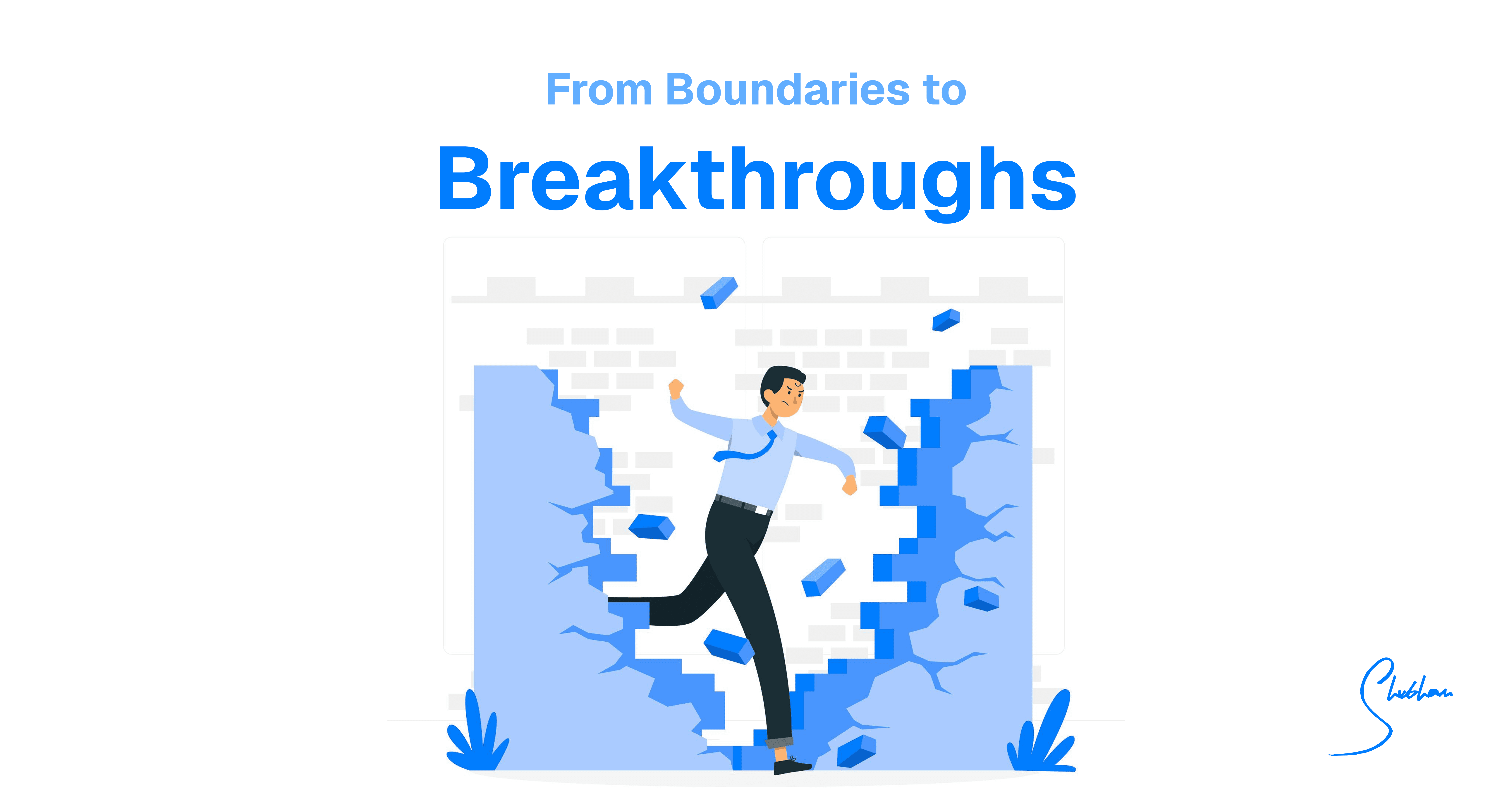Imagine a dashboard, not as a static display of numbers, but as a trusted advisor, anticipating your needs and offering solutions before you even fully grasp the problem. This is the power of the Adaptive Dashboard, a dynamic tool powered by AI, designed for proactive decision-making.
Think of traditional dashboards as maps with fixed routes. They show you the terrain, but they don't adapt to roadblocks or shortcuts. An adaptive dashboard, on the other hand, is like a GPS with real-time traffic updates. It reroutes you based on current conditions, ensuring you reach your destination efficiently.
What Makes a Dashboard "Adaptive"?
An adaptive dashboard is more than just a pretty interface; it's a living tool that evolves with you. Unlike traditional dashboards with predefined metrics and layouts, adaptive dashboards dynamically reshape themselves based on your goals, preferences, and current tasks. It's a tool that learns from you and works with you.
Imagine a project manager using such a dashboard. During a critical phase, the dashboard might highlight upcoming deadlines and potential resource shortages, minimizing distractions and focusing attention where it's needed most. This is achieved by constantly analyzing incoming data and adjusting the display accordingly.
The Magic of Agentic AI
This adaptability is powered by Agentic AI, a cutting-edge form of artificial intelligence. It's what transforms a passive display into a proactive partner. Agentic AI uses context awareness and predictive analytics to turn raw data into actionable insights. It anticipates your needs, dynamically adjusting the dashboard's layout and offering solutions before you even ask.
For example, instead of simply showing overdue tasks, an AI-driven dashboard might suggest reassigning workloads or automating repetitive tasks, proactively preventing problems before they escalate. It's like having a virtual assistant constantly optimizing your workflow.
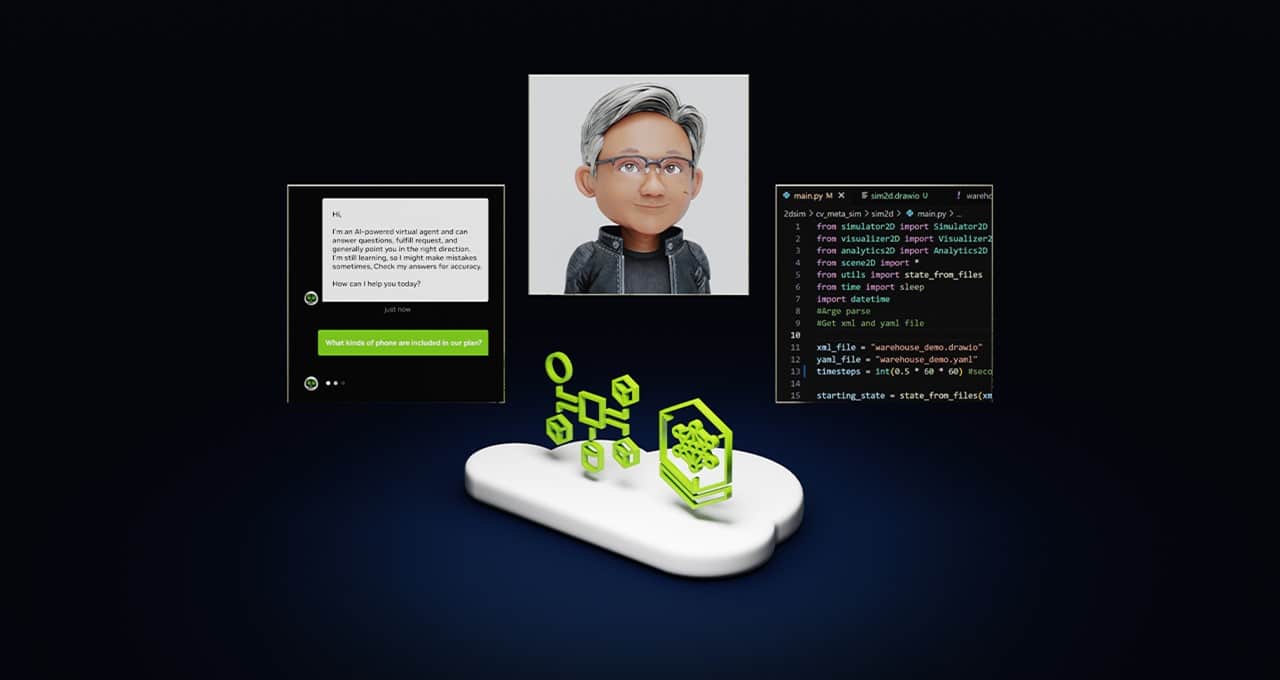
Key Features of an Adaptive Dashboard
So, what makes these dashboards so special? Here are some key features:
Dynamic UI Elements: The dashboard’s layout changes based on context. Approaching a deadline? Task progress becomes front and center. Less urgent metrics fade into the background.
Personalized Recommendations: Based on your past behavior and current workload, the dashboard offers tailored suggestions, such as reallocating resources or automating tasks.
Risk Identification and Alerts: The AI proactively flags potential problems, like delayed tasks or declining sales, and suggests solutions.
Real-Time Analytics: The dashboard displays live data, with visualizations that dynamically adjust to highlight the most relevant information.
Interactive Insights: You can drill down into the data, visualize trends, and even simulate the impact of potential decisions.
Real-World Applications
These features make adaptive dashboards useful in various fields:
Project Management: Real-time progress tracking, risk identification, and task reallocation suggestions ensure projects stay on track. Imagine a dashboard suggesting shifting tasks to a less busy team member to avoid a delay.
Healthcare: Doctors can dynamically monitor patient vitals, with the dashboard flagging potential health risks and suggesting personalized treatment plans. Imagine an alert triggered by a sudden drop in a patient’s heart rate, prompting immediate intervention.
Marketing Analytics: Marketers can track campaign performance, predict customer trends, and optimize resource allocation. Imagine the dashboard recommending shifting budget from an underperforming campaign to a high-performing one.
Supply Chain Management: The dashboard can highlight inventory shortages, predict demand spikes, and suggest restocking strategies. Imagine it predicting increased demand during the holiday season and prompting early restocking.
The Benefits: Efficiency, Better Decisions, and Empowerment
Adaptive dashboards offer significant benefits:
Improved Efficiency: They save time by presenting only the most relevant data.
Better Decision-Making: Real-time data and intelligent insights lead to smarter, faster decisions.
User Empowerment: The personalized experience makes users feel more in control.
Scalability: They can handle complex scenarios and large datasets.
Challenges: Privacy, Explainability, and Integration
However, there are challenges:
Data Privacy: Protecting user data is crucial.
Explainability: Users need to understand why the AI makes certain recommendations.
Overwhelming Users: Too much information can be counterproductive.
Integration with Legacy Systems: Compatibility with existing systems is essential.
Designing for Adaptability
Creating an effective adaptive dashboard requires a user-centric approach:
Define Objectives: Clearly outline the dashboard’s goals and the decisions it should support.
Incorporate Feedback Loops: Allow users to provide feedback to refine the AI’s recommendations.
Design for Scalability: Build a dashboard that can handle growing data complexity.
Visual Hierarchy: Prioritize critical data through adaptive UI principles.
Customizability: Allow users to tailor the dashboard to their preferences.
The Future: Generative AI, Multimodal Interfaces, and Predictive Insights
The future of adaptive dashboards is exciting:
Integration with Generative AI: Real-time data summaries, report drafting, and decision outcome simulations.
Multimodal Interfaces: Voice commands, gesture recognition, and AR/VR integration.
Predictive Insights: Moving from reactive to predictive, forecasting future trends.
Conclusion
Adaptive dashboards are transforming how we interact with data. They're not just tools; they're strategic partners, empowering us to anticipate challenges, seize opportunities, and make confident decisions. As AI continues to evolve, these dashboards will become even more indispensable, unlocking new levels of productivity and innovation.
REFERENCES
https://www.scitepress.org/PublishedPapers/2017/63256/pdf/index.html
https://link.springer.com/chapter/10.1007/978-3-031-43950-6_5
https://link.springer.com/chapter/10.1007/978-3-031-34344-5_45?fromPaywallRec=false
https://www.uipath.com/ai/agentic-ai
https://blogs.nvidia.com/blog/what-is-agentic-ai/
https://www.salesforce.com/blog/the-agentic-ai-era-after-the-dawn-heres-what-to-expect/
https://hbr.org/2024/12/what-is-agentic-ai-and-how-will-it-change-work
https://qmetrix.com.au/introduction-to-dashboards-in-workday-adaptive-planning/
https://help.ivanti.com/ch/help/en_US/CSM/10.4/documentation_bundle/suite_features/adaptive_layouts/adaptive_dashboards_scenarios.html
https://www.inetsoft.com/company/adaptive_dashboards/
